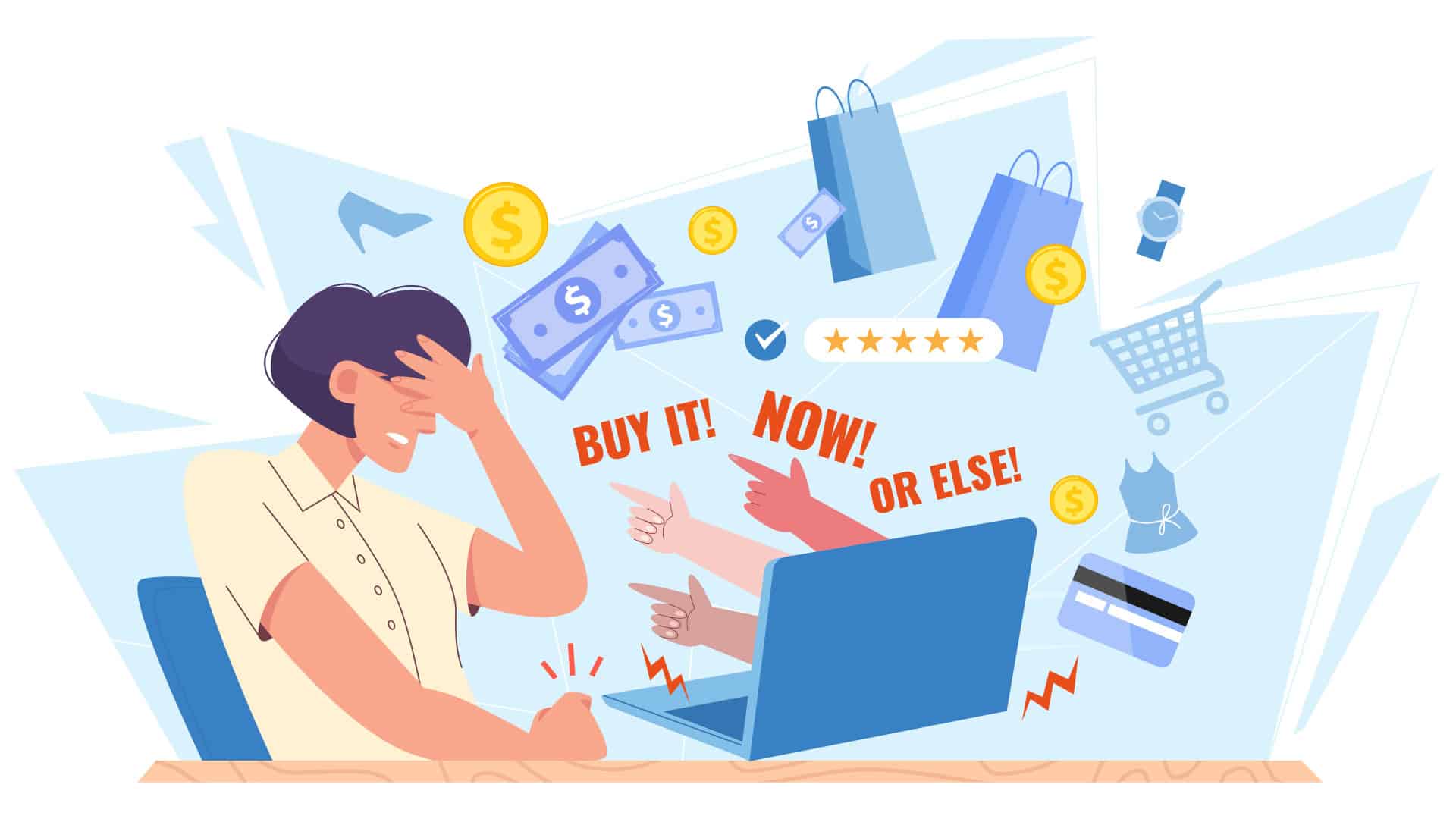It appeared affordable when firms started pressing the concept that websites needed full redesigns every three years: web browsers had limitations, mobile required new builds and efficiency required new designs. CMOs started budgeting for the next rejuvenate the day a site released, treating disruption as the price of staying current. Agencies profited and brand-new CMOs constantly had an all set initial task– one more website reconstruct.
That reasoning soon splashed right into martech. Industry reports mention the three-year cycle as typical technique, even though couple of can pinpoint its beginning. Medium Titan, for instance, notes that business have actually been revamping every three years for greater than a years, while DBS Interactive concerns the rationale: “It would be absurd to restore factories every three years– yet several business reset their digital clock the day a new site goes live.”
Despite this, platforms continue to be proclaimed “dated” every couple of years. Monolithic comes to be composable, on-prem comes to be SaaS, integrations need “modernizing,” and client experience requires a “next-generation” solution. Suppliers, experts and contract cycles keep the track going: rip and replace.
Dig deeper: What the composability change indicates for the martech stack
Nonetheless, unlike websites, advertising and marketing systems do not require wholesale substitute to adjust. The cycle continues due to the fact that it drives supplier revenue while appealing relief from pile bloat and under-utilization– even though it seldom supplies.
The financial fact
Consistent refreshing consumes resources that should most likely to service outcomes. Migrations are rarely promptly since they ripple across downstream systems. The hidden prices place promptly:
- Teams educated on one platform must relearn essentials on one more.
- Enhanced process collapse and should be reconstructed.
- Client processes stall throughout shifts.
- Managers spend cycles re-training instead of boosting results.
- Profits dips while rivals proceed steady operations.
Years of platform proficiency can end up being a liability when refresh cycles reset the clock. Project supervisors who as soon as introduced flawlessly currently face delays, mistakes and disappointment as they climb a brand-new discovering contour. Educating costs rise, performance drops and institutional knowledge is disposed of– all to offer a vendor timeline, not an organization objective.
Organizations do not need to rip out existing systems to update. Today’s orchestration platforms link CMS, business, customization and analytics without taking apart what already works. McKinsey defines this as beginning with an orchestration layer, not changing legacy systems outright.
Michael Loban, primary development police officer at electronic analytics firm InfoTrust, observes the pattern clearly: “I’ve yet to see a movement– whether it’s a new CRM, a new marketing platform, a brand-new ecommerce platform– that taken place in a timely manner. And the factor the companies are so mindful and the migrations don’t take place promptly is because it’s not just switching over one system, which is challenging enough. It is really the influence on every one of your downstream systems.”
Dig deeper: Why pilots, not RFPs, define the future of martech option
Eliminating calendar-driven updates transforms the vibrant. As opposed to managing disconnected devices that require programmer assistance, counting on hands-on workflows that slow down projects, and managing fragmented data throughout platforms, groups get unified offices for project assembly, centralized accessibility to content and data, and the capacity to release instantly without designer traffic jams. With orchestration, they keep their experience undamaged, prevent the cycle of retraining, and acquire new abilities immediately.
The integration fact
Modern orchestration systems link existing systems with APIs, enabling zero-downtime movement. Groups proceed operating in tools like Sitecore, Contentful or Drupal while including new layers as required. Heritage systems can be retired on a versatile schedule, lowering risk and interruption.
When companies relocate far from made timelines, they can evolve their innovation by themselves terms– spending based on genuine business benefits instead of arbitrary cycles, shifting resources from movements to customer experience, responding faster to market possibilities and contending on implementation as opposed to chasing after modern technology uniqueness.
Martech must serve service end results, not vendor allocations. Leaders who abandon the refresh myth can make the most of current financial investments and add orchestration layers that combine devices, accelerate projects and improve customer experience– without the countless rip-and-replace treadmill.
Gas up with cost-free advertising and marketing understandings.
Adding writers are invited to produce content for MarTech and are picked for their expertise and payment to the martech area. Our contributors work under the oversight of the editorial team and payments are looked for top quality and significance to our readers. MarTech is owned by Semrush Contributor was not asked to make any straight or indirect mentions of Semrush The point of views they express are their very own.
Recommended AI Marketing Devices
Disclosure: We might make a compensation from associate links.
Initial insurance coverage: martech.org


Leave a Reply